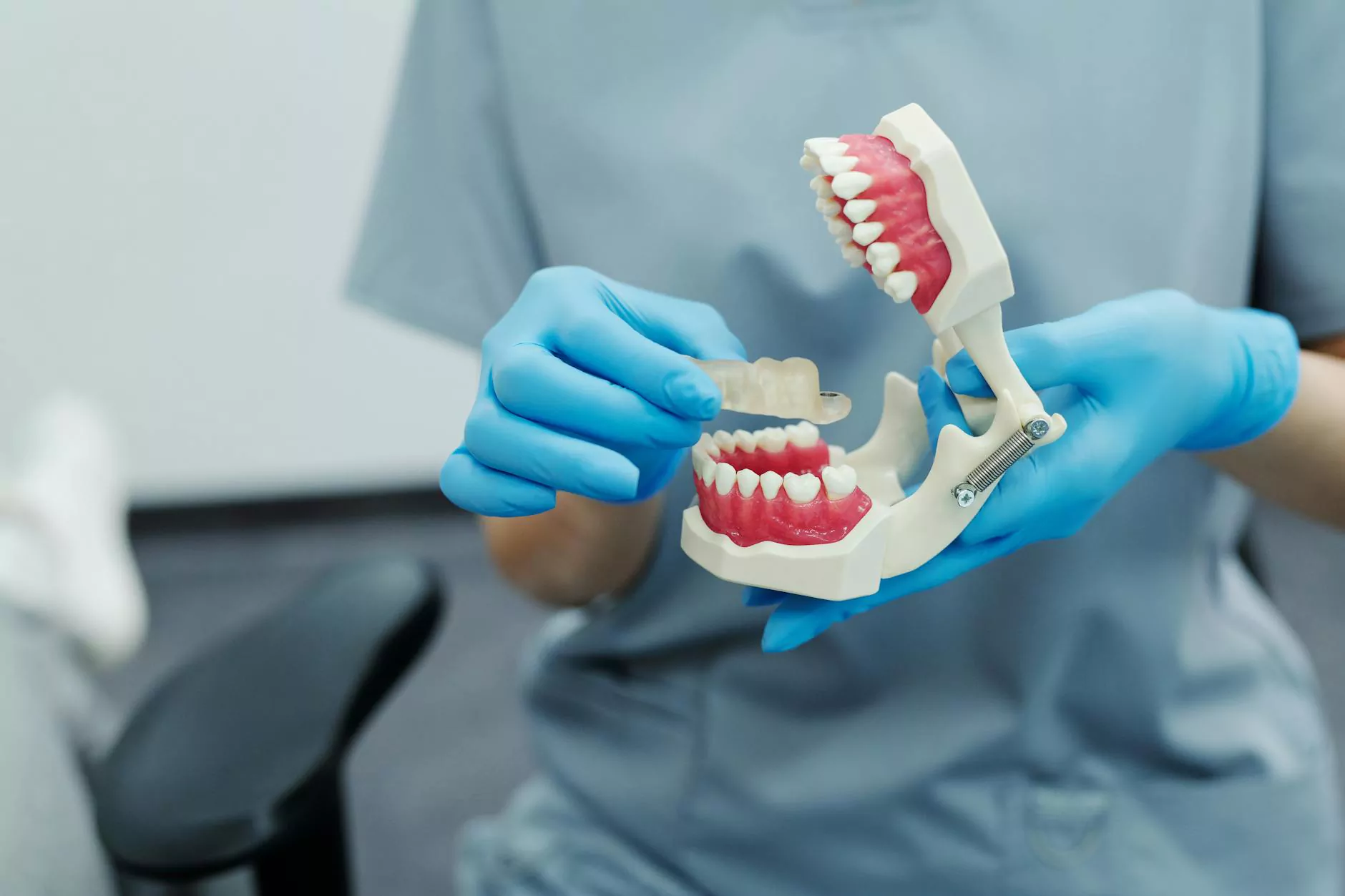Tendinopathy Versus Tendonitis: A Comprehensive Guide

In the realm of musculoskeletal disorders, two terms often emerge: tendinopathy and tendonitis. While they are frequently used interchangeably, understanding the nuances between the two is crucial for effective diagnosis and treatment. This article will delve deeply into the differences, causes, symptoms, and appropriate treatment methods for both conditions.
Defining Tendinopathy and Tendonitis
Tendinopathy refers to a chronic condition that involves the degeneration of the tendon’s collagen in response to chronic overuse. It encompasses a range of tendon injuries, including a condition known as tendonitis. On the other hand, tendonitis is commonly characterized by acute inflammation of the tendon caused by a sudden injury or excessive load.
Key Differences
- Tendinopathy: Involves degenerative changes to the tendon, often due to overuse, and typically presents with chronic pain.
- Tendonitis: Involves inflammation of the tendon, typically caused by acute injuries or repetitive trauma, leading to acute pain and swelling.
Causes of Tendinopathy and Tendonitis
Common Causes of Tendinopathy
Several factors can lead to tendinopathy, including:
- Overuse: Repetitive activities that place stress on the tendon can lead to degeneration.
- Aging: As individuals age, tendon fibers become less elastic, increasing susceptibility to chronic injuries.
- Biomechanical Issues: Poor posture, improper technique, or muscle imbalances can create abnormal stress on tendons.
- Medical Conditions: Conditions such as diabetes and rheumatoid arthritis can contribute to weakened tendons.
Common Causes of Tendonitis
Tendonitis often results from:
- Acute Injury: A sudden increase in activity, such as lifting heavy objects, can lead to tendonitis.
- Repetitive Motion: Activities requiring repetitive motion, like playing sports or typing, can cause inflammation.
- Inadequate Warm-Up: Failing to properly warm up before physical activity can increase the risk of injury.
Symptoms of Tendinopathy and Tendonitis
Identifying Tendinopathy Symptoms
Typical symptoms of tendinopathy include:
- Chronic Pain: Pain that gradually worsens with activity and eases with rest.
- Stiffness: Tendons may feel stiff, particularly in the morning or after periods of inactivity.
- Swelling: Mild swelling might be present, but it is often less pronounced compared to tendonitis.
- Decreased Range of Motion: Limited ability to move the affected joint.
Identifying Tendonitis Symptoms
Common symptoms of tendonitis include:
- Acute Pain: Pain that comes on suddenly and is more intense than that associated with tendinopathy.
- Swelling: Noticeable swelling around the affected tendon.
- Sensitivity: Tenderness when pressing on the affected area.
- Stiffness and Reduced Mobility: The affected tendon may feel stiff, leading to reduced range of motion.
Diagnosis of Tendinopathy and Tendonitis
Correct diagnosis is fundamental for effective treatment of both conditions. Medical professionals often rely on:
- Medical History: Understanding the patient’s activity level, injury history, and symptoms.
- Physical Examination: Assessing pain, swelling, and range of motion in the affected area.
- Imaging Tests: MRI or ultrasound may be employed to visualize the extent of tendon damage.
Treatment Options for Tendinopathy and Tendonitis
Effective Treatments for Tendinopathy
Treatment of tendinopathy usually requires a more comprehensive approach:
- Rest: Reducing or modifying activities that exacerbate pain.
- Physical Therapy: Tailored exercises to strengthen the tendon and restore function.
- Medications: Nonsteroidal anti-inflammatory drugs (NSAIDs) to control pain and inflammation.
- Orthotic Devices: Custom splints or braces may help reduce strain on the affected tendon.
- Corticosteroid Injections: In some cases, these may be recommended for persistent pain.
- Surgery: In severe cases, surgical intervention may be required to remove degenerated tendon tissue.
Effective Treatments for Tendonitis
For tendonitis, the treatment approach may include:
- Rest and Ice: Essential for reducing pain and inflammation in acute cases.
- Physical Therapy: Rehabilitation exercises can help strengthen surrounding muscles.
- Medications: NSAIDs such as ibuprofen may provide relief from pain and inflammation.
- Activity Modification: Altering activities to prevent re-injury or exacerbate symptoms.
- Injection Therapy: In severe cases, corticosteroid injections may be indicated.
Prevention Strategies for Tendon Injuries
Despite the differences between tendinopathy versus tendonitis, several strategies can help prevent these painful conditions:
- Proper Warm-Up: Always warm up before physical activity to prepare the muscles and tendons.
- Strength Training: A robust strength training routine can help support tendons and enhance resilience.
- Gradual Increase in Activity Level: Increase the intensity and duration of activities slowly to avoid overloading tendons.
- Maintain Flexibility: Regular stretching of muscle groups can help maintain tendon elasticity.
- Avoid Repetitive Strain: Take regular breaks during repetitive tasks to relieve stress on tendons.
Conclusion
Understanding the differences between tendinopathy and tendonitis is essential for effective treatment and management of these conditions. While they may share some overlapping symptoms, their causes and treatment strategies diverge significantly. By being informed about these differences, patients can engage in proactive measures to prevent injuries, seek timely treatment, and ultimately improve their quality of life.
As a healthcare provider, the International Academy of Orthopedic Medicine (IAOM-US) is committed to educating professionals and the public about musculoskeletal health concerns. For more information and resources on managing tendinopathy and tendonitis, visit iaom-us.com.









